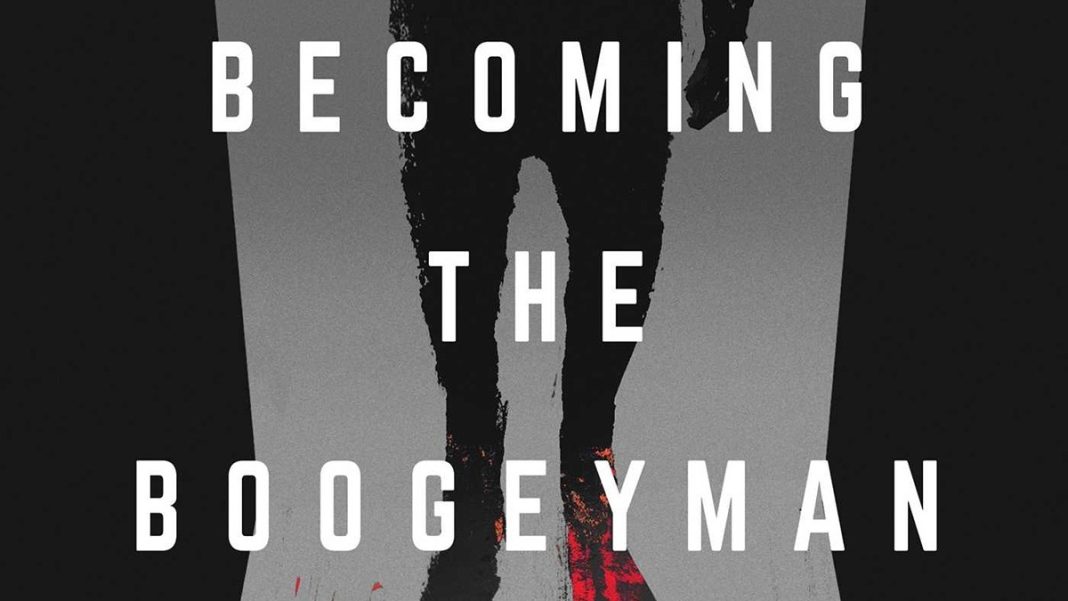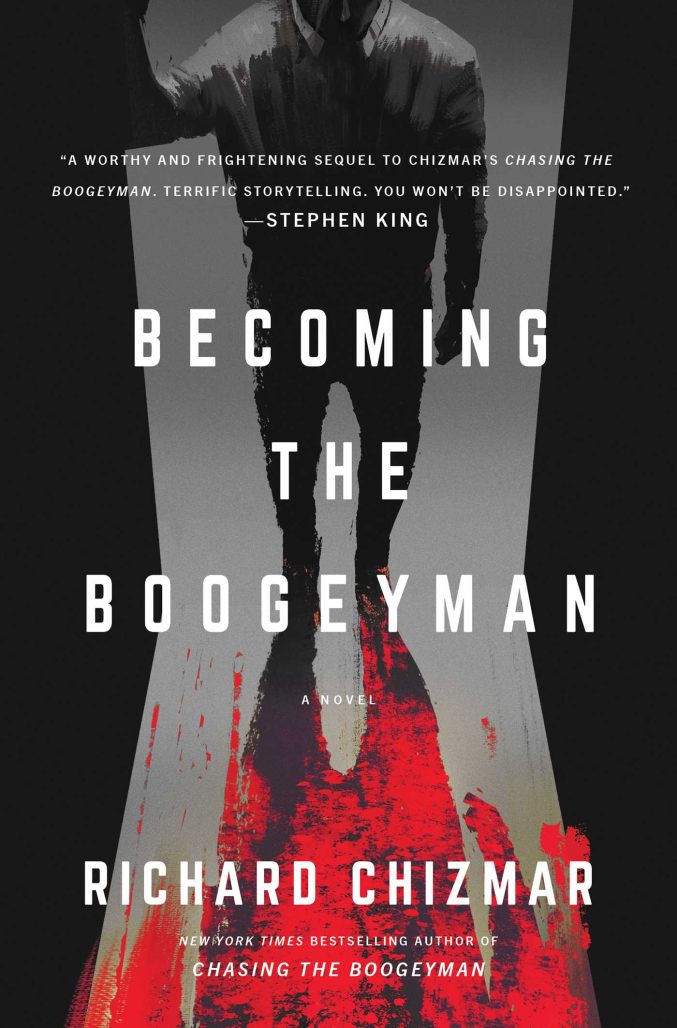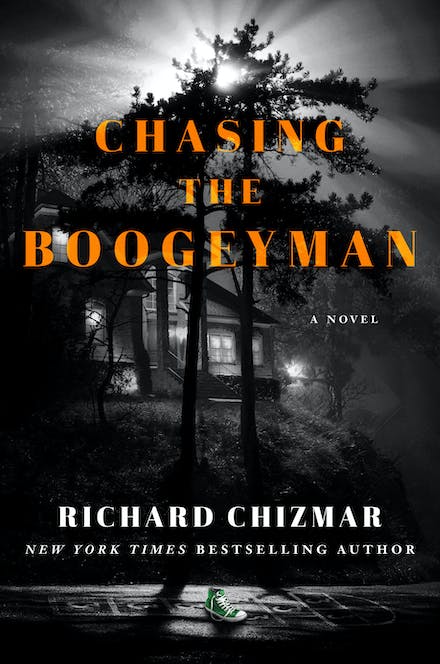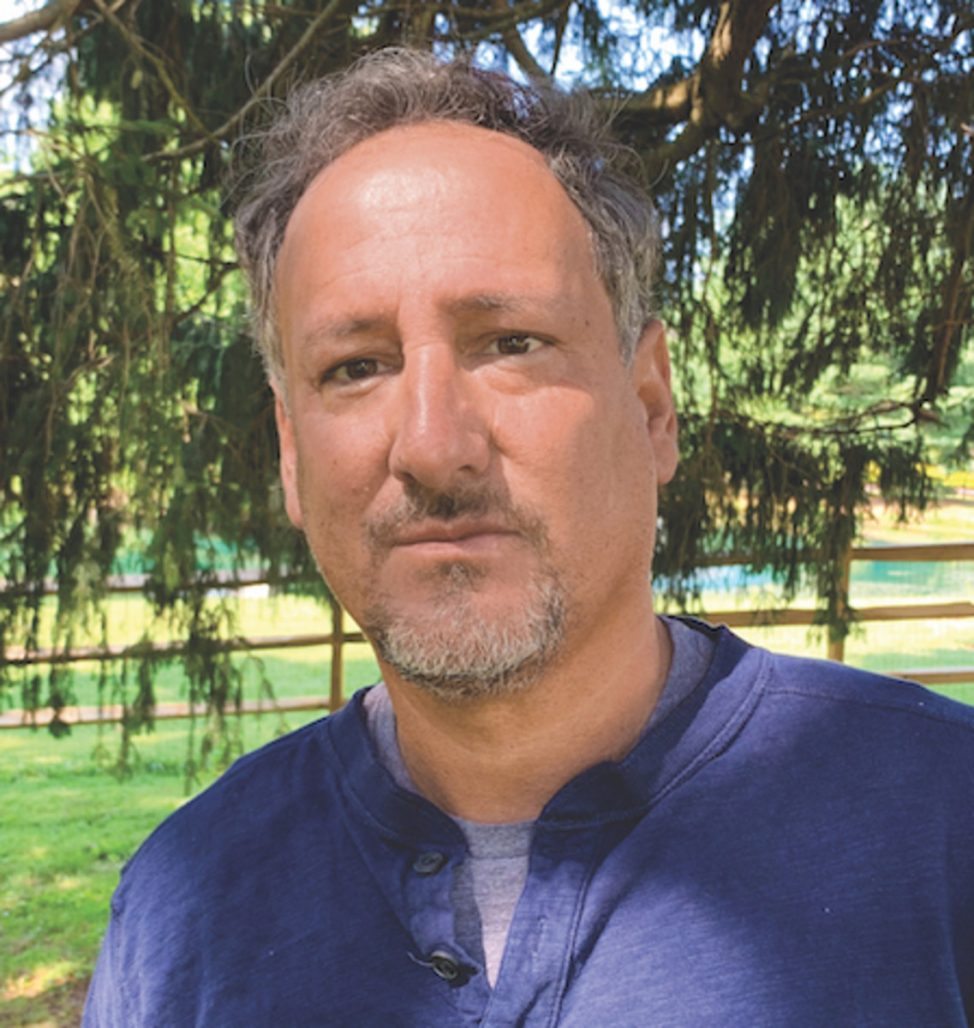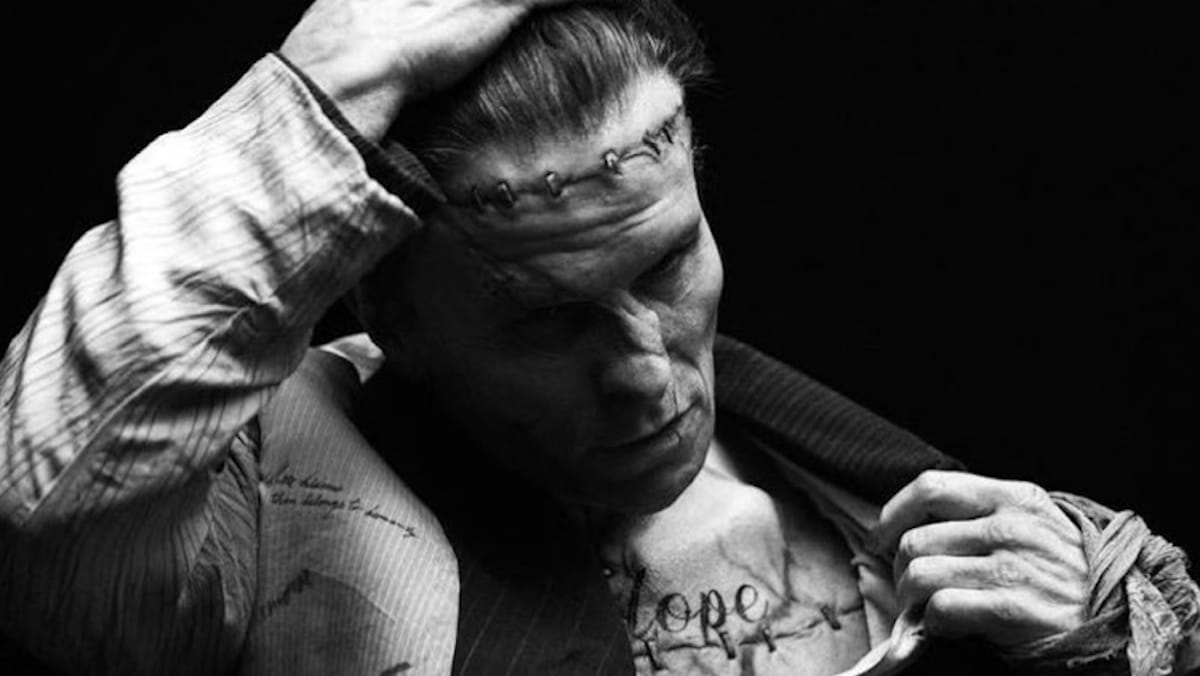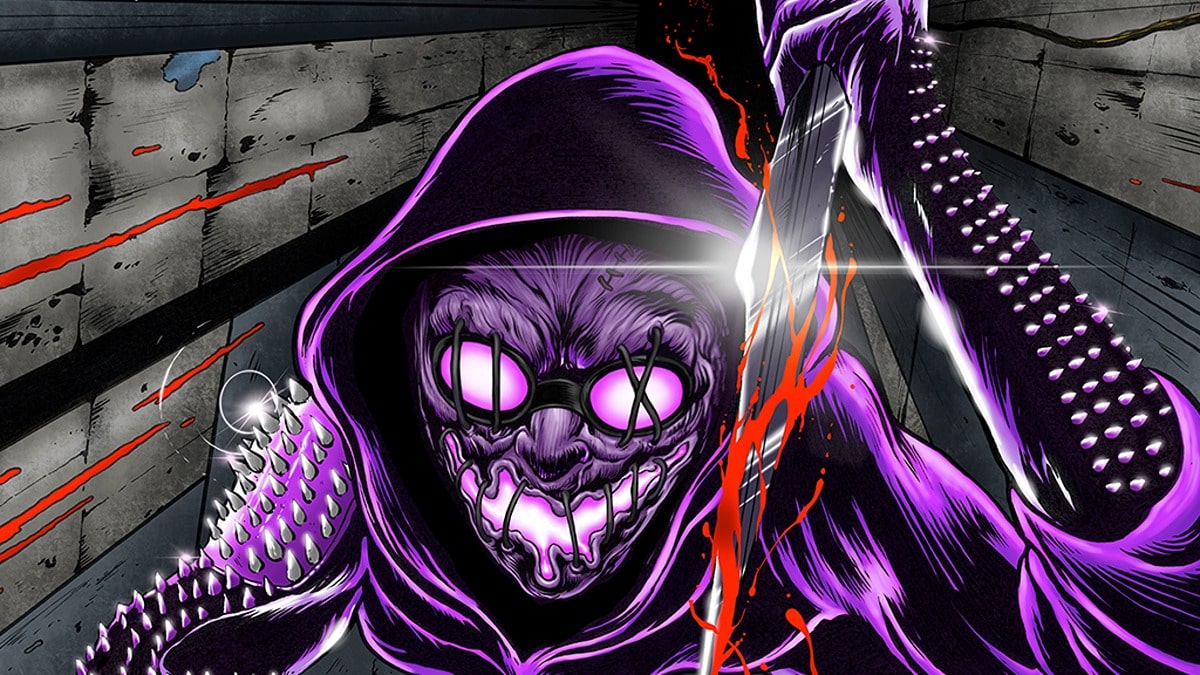(Spoilers for the first book, Chasing the Boogeyman, ahead.)
Few things scare as profoundly as fiction that can pass as reality. This is what made Richard Chizmar’s 2021 horror book Chasing the Boogeyman such an intricately terrifying read. It’s a book that essentially lives in its own category, a fictional true crime story in which Chizmar casts himself as a journalist on the trail of a serial killer that’s haunted his hometown for years. Known as the Boogeyman, this human monster left several young women dead in his wake, posed for the police to find. The first book sees the case through to a twisted conclusion that seemed to have closed the doors on it definitively. But Chizmar’s managed find a very compelling reason to come back in the form of a sequel titled Becoming the Boogeyman, and the horrors he brings with him rival the ones that started it all in the first book.
In the second book of the Boogeyman series, Chizmar finds himself closer to the killer than ever before. The Boogeyman is behind bars and is opening up ever so slowly to the author, whose true crime book becomes both a best-seller and a successful movie in its own right. Chizmar wants to understand what turned this man into a serial murderer, but he’s met with a riddle in human form that insists on keeping his secrets elusive and always just out of reach. In the midst of this, a copycat killer leaves a bag with a dismembered body in it next to Chizmar’s house, signaling their intention to pick up where the Boogeyman left off.
If the first book gravitated towards the idea of reckoning with dark history in a small town and how people create miniature universes of the evils perpetuated in places such as these (among many other things), the second one flips the coin to put the chroniclers of these histories in the hot seat.
Becoming the Boogeyman settles on questions of purpose and consequence regarding the true crime writer. Why do we feel the need to encapsulate stories of terrible humans in book form and what happens when the book takes them out of the shadows and turns them into pop culture fixtures, regardless of it not being the author’s intention?
The novel’s title takes a different meaning here. The author, to a certain extent, becomes a kind of boogeyman too, an agent of memory that keeps the bad alive. Chizmar navigates author responsibility and unintended consequences with careful consideration, consciously stepping on every moral trap on the way to welcome questions as to the nature of true crime. It allows readers to add their two cents as they traverse the story, down to the matter of entertainment and fixation in the field of serial killers.
A few things make all of this come through with admirable clarity. One is the care taken to not obsess over the more gruesome aspects of the killer’s methods. While unsettling and uniquely terrifying, scenes of violence or bloody terror linger because of the things not explicitly described. This isn’t to say that the serial killer horror here is an afterthought or tame. Quite the contrary. What Chizmar does is highlight key gruesome details and visuals that burrow into the mind and stay there. They build upon the Boogeyman’s psyche and the driving forces behind the violence. It’s not gratuitous. It’s another avenue readers can take in trying to understand a killer that doesn’t want to be figured out. Chizmar’s use of fake pictures—which range from crime scenes to clues to the characters themselves—complement this process well without coming off as gimmicky.
The second element that makes this book sing is the attention given to the victims. Here, Chizmar gives a masterclass in characterization that doubles as sharp criticism on how true crime stories use victims as a means to sensationalize or build up the killer’s mystique. In Becoming the Boogeyman, the reader is first introduced to the person that’s going to meet their end by way of backstory, personality traits, and what they mean to those closest to them.
Each victim gets a life story, to show what exactly gets lost when they get taken from their communities. It makes each death a punch to the gut, and it creates a dread-filled expectation of pain that never fails to shock the system.
The emphasis is on loss rather than serial killer violence. Chizmar is interested in giving victims their due so we don’t forget that it’s the entire group that suffers when someone is killed. The interconnectedness of violence here ramps up the urgency to catch the Boogeyman. You really don’t want to go through another harrowing chapter that introduces a young girl with a bright future that’s never going to happen.
Becoming the Boogeyman is a humbling read for fans of true crime. It drops a bucket of cold water on the genre to bring attention to the reasons why we gravitate to stories that deal with the damage a killer can inflict upon an entire community. Its questions are necessary and confrontational, and yet they don’t detract from the book’s capacity to entertain and terrify. If anything, Becoming the Boogeyman is the kind of book that shows a monster doesn’t have to be real to prove the existence of other monsters.


